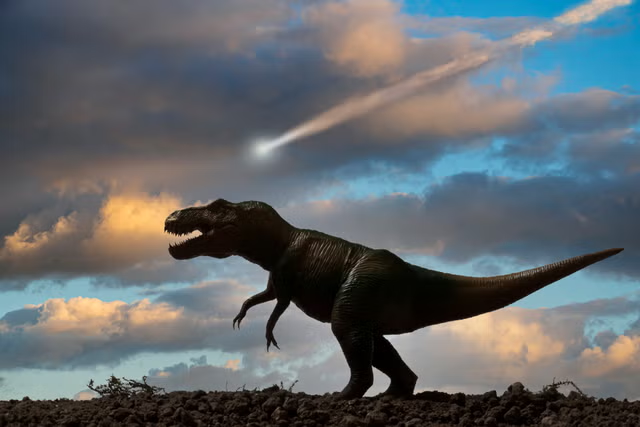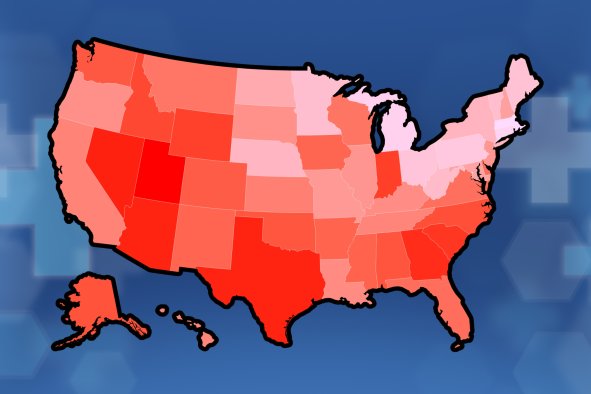Stargazers are in for an astronomical treat as the year's biggest supermoon, the Hunter's Moon, will make an appearance next week.
This is the third in a series of four back-to-back months with supermoons, but this one will surely be the crème de la crème, as it is the closest full moon of 2024, making it the largest. The supermoon will occur on October 17 and will reach its fullest point just hours after the moon reaches its closest point to us this month.
The final supermoon of the series will be on November 15, though, so you don't have long to wait if you miss this one.
How to See the October Full Supermoon
The next full moon will occur on October 17. That night, the moonrise will occur at 6:13 p.m. ET, with the moon setting at 12:23 a.m.
On the West Coast, the moon rises at 6:25 p.m. PDT and sets at 12:27 a.m. If you're up early enough that morning, viewers on this side of the country will catch the moon at its fullest point, 4:26 a.m. local time.
If the weather is favorable, you can enjoy a clear view of the supermoon without special equipment. For an even better experience, try venturing outside the city to escape the light pollution from buildings and streetlights.
Due to an optical illusion, the supermoon looks most striking at moonrise or moonset, when it's near the horizon. When the moon appears next to monuments or parts of the landscape, our brain is tricked into thinking it's larger than it is.
Scientists still don't know exactly why our brains do this, but photos prove the moon is the same width when it's higher up. Still, that doesn't take away from the sense of wonder when you see a supercharged supermoon popping up over the horizon.
What Is a Supermoon?
"A supermoon is the result of a full moon occurring when the moon is near its closest point to the Earth in its orbit," Anna Gammon-Ross, senior planetarium astronomer at the Royal Museums Greenwich, told Newsweek.
"This can happen because the moon orbits the Earth on an elliptical path rather than a circular one. As a supermoon means that the moon is a little closer to us, it will appear slightly bigger in the sky."
During October's supermoon, the moon will be 220,055 miles from Earth, the closest a full moon will get this year. According to Gammon-Ross, the moon's average distance to us is around 240,000 miles.
The moon's closest point to Earth is known as perigee, while its furthest is called apogee.
"The term 'supermoon' is a vague, non-scientific term, and so different people define it in different ways," Darren Baskill, a physics & astronomy lecturer at the University of Sussex, previously told Newsweek.
"One common definition is to say that we have a supermoon when the moon is within 90 percent of its average distance away from the Earth—but which average distance? Some say within 90 percent of the average Earth-moon separation for that particular month, while others say within 90 percent of the average Earth-moon separation for that entire year," Baskill said.
"There is no overall consensus. Depending on which of those definitions you use, you can have three or four supermoons per year."
During a supermoon, the moon can appear up to 14 percent larger and 30 percent brighter than when it's at its farthest point, or apogee—like comparing the size of a nickel to a quarter. A supermoon is about 8 percent larger and 15 percent brighter than a typical full moon.
Supermoons happen several times yearly because the moon's orbit and phases often align. However, depending on how closely the full moon aligns with perigee, its closest point to Earth, some stand out more than others.
The exact distance of perigee can also vary slightly due to the moon's elliptical orbit.
Why Is It called the Hunter's Moon?
The Hunter's Moon follows last month's Harvest Moon and has had many names throughout the years, including the Corn Ripe Moon and the Falling Leaves Moon, according to the Old Farmer's Almanac.
The name Hunter's Moon comes from the Algonquin Native American tribe. In many cultures, it reminds people that winter is approaching and that it's likely a good time to stock up on meat.
Do you have a tip on a science story that Newsweek should be covering? Do you have a question about supermoons? Let us know via science@newsweek.com.
Disclaimer: The copyright of this article belongs to the original author. Reposting this article is solely for the purpose of information dissemination and does not constitute any investment advice. If there is any infringement, please contact us immediately. We will make corrections or deletions as necessary. Thank you.



